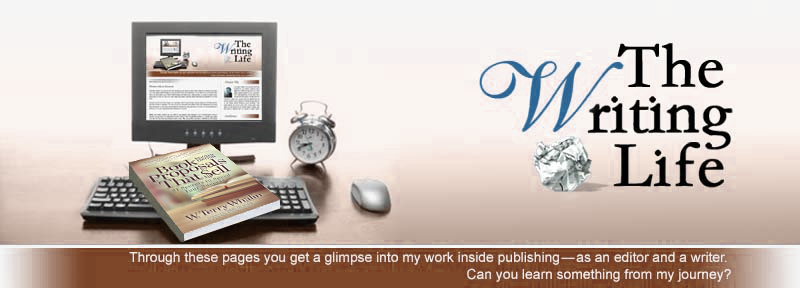Learn the Basics
I've made my fair share of mistakes in the writing business. In my college
magazine writing class, we had to write three ten-page magazine articles. I'm
certain my professor taught us to research the target audience and the
publication BEFORE sending in our submission. I was probably daydreaming or
something when that lesson came across since I didn't follow it.
Passionate about my new faith, I decided to write for the Christian magazine
market. I wrote articles like “A Christian view of Vegetarianism.” I had
little understanding of the marketplace and I'm sure my submissions were not
targeted properly since they were quickly returned with form
rejection slips.
About ten years later, I returned to writing for the magazine
world and learned the importance of studying the publication and the target
market—before sending my article or query letter. Just this basic alone will
give you a higher degree of success in your submissions.
Format Matters
Recently I read a couple of manuscripts before attending a writers
conference. Each of these writers had large amounts of passion for their
particular topics and it came through loud and clear in their writing.
Yet each of these writers had no understanding about the expected format for
magazine articles. The format matters and is the basic building block of the article like a brick is the basic building block for a wall.
Every writer needs to meet the expectations of the magazine editor. If you
don't learn about those expectations and meet them, then your work will not be
carefully read and considered. It will instead land in the rejection pile and
you will stumble along without without learning why it was rejected.
Each of these new writers that I critiqued had not met the basic
expectations.
Because I've written for over 50 magazines and also been a magazine editor,
here's some of these basics:
1. Submit your material in the basic format—and learn that format. The fist
bit of information to include at the top of your manuscript is your word
count.
2. Magazine editors are looking for publishable material of a certain length.
If you haven't included your word count, no editor will count your words. You
have to give this information. With this critical information, the editor can
glance at your submission and see if you are in the range that is needed. If so,
then they keep reading. If not, then it is rejected and they press on to the
next submission.
3. Give your name, address, phone number and the rights you are selling t the
top of the page where you have to word count.
4. Editors are busy and do not have time to look around for this information.
The writer needs to make it easy to access.
5. Double-space your manuscripts with standard margins. Do not change the
margins to cram more words on the page.
6. The manuscript that I was reading was spaced at 1.5 instead of
double-spaced and the words were at the edge of the paper—on every side of it.
It looked like the writer was trying to save paper and what she achieved was
producing something that was screaming for rejection. Yet I still read it since
I was going to meet with this writer face to face.
If your format is uninviting and wrong, then your content will never be
considered.
If you want to be successful in the magazine world, then follow these
guidelines. With an attractive manuscript, the editor can dive into your words
and see if they will work for their publication.
I continue to be a proponent for writing for different magazines. The short
form of writing is one of the best ways for writers to learn and practice their
craft.
What are you writing today that you can send to an editor for consideration?
Is it in the expected format?























1 Comment:
As a magazine editor I'm also irritated by authors who think they are being creative by using odd fonts, along with a liberal use of bold, italics, underlines, and upper case to make their point.
Post a Comment
That's the writing life...
Back to the home page...